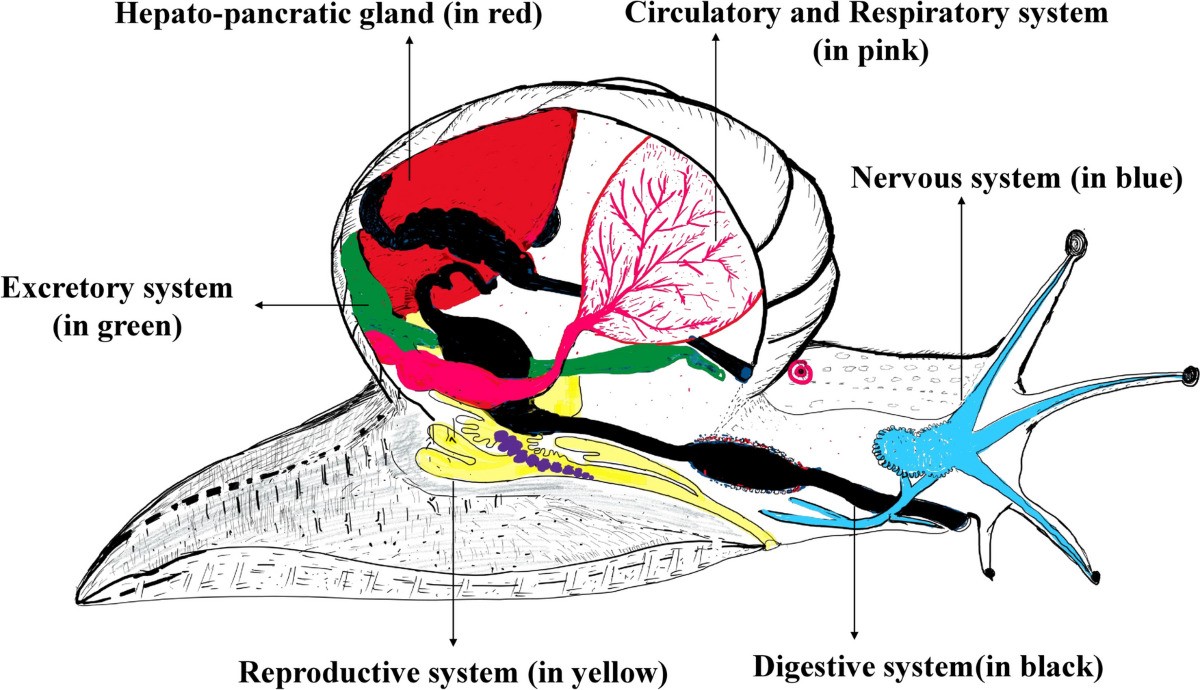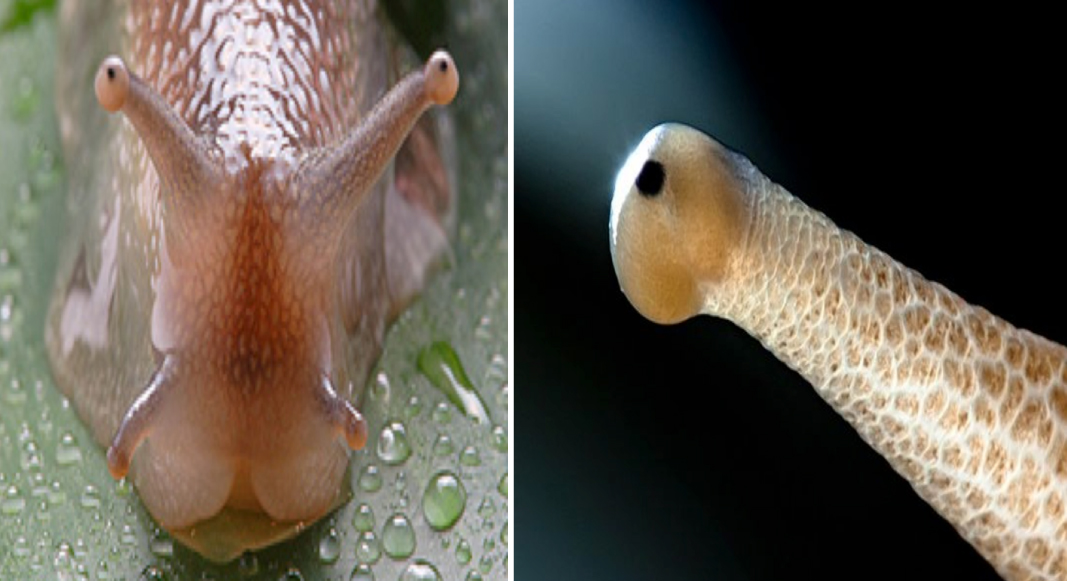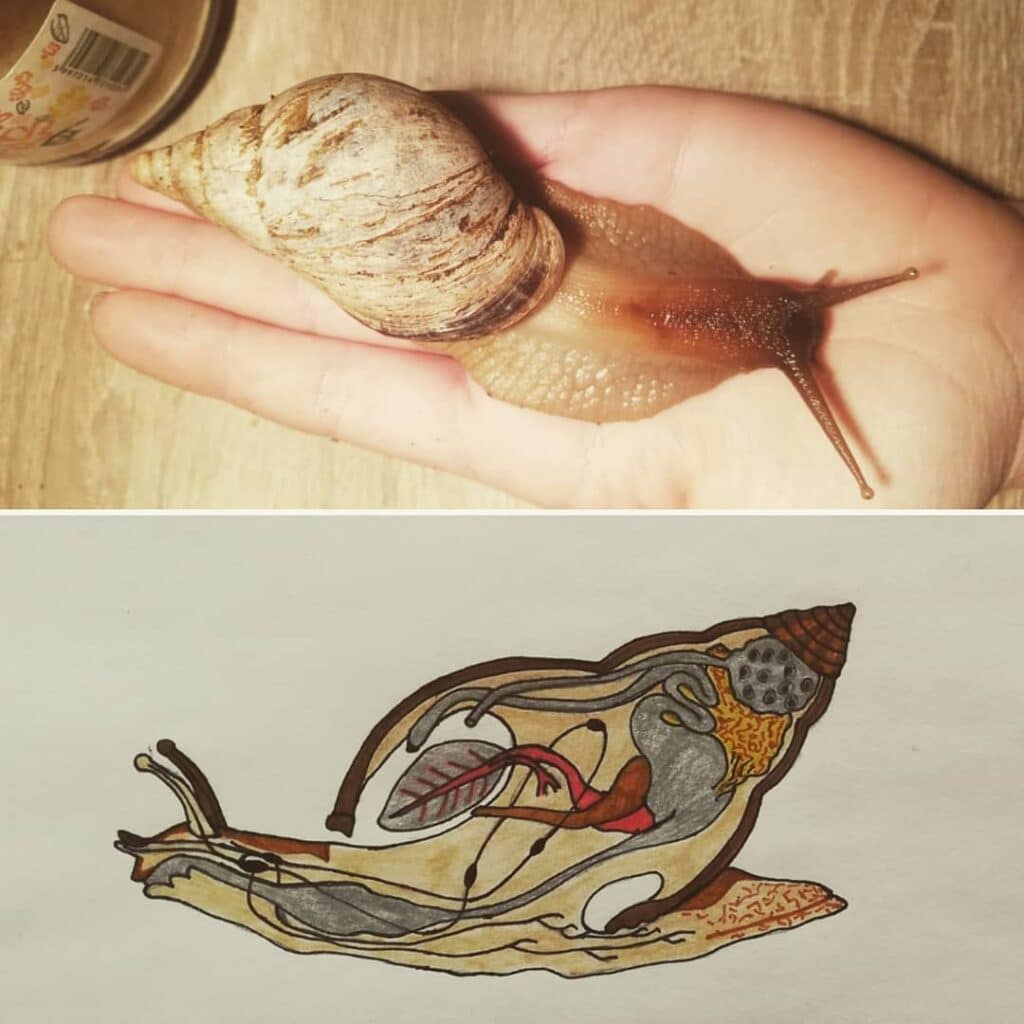Aquatic snails, found in a variety of habitats, play a significant role in their ecosystems. Understanding the anatomy of these fascinating creatures can provide insights into their unique adaptations and survival strategies. This article delves into the detailed anatomy of aquatic snails, focusing on their structure, functions, and the differences between various species.
Overview of Aquatic Snail Anatomy
Aquatic snails possess a diverse range of anatomical features that enable them to thrive in water environments. These features include their shells, muscular foot, and specialized respiratory and digestive systems.
The Shell: Protection and Structure
The shell is one of the most recognizable features of aquatic snails. It serves as a protective barrier against predators and environmental hazards. The shell is made primarily of calcium carbonate and grows as the snail matures.
Structure of the Shell
The shell typically has a coiled structure, although the degree of coiling can vary among species. It is composed of three layers: the outer periostracum, the prismatic layer, and the inner nacreous layer. Each layer contributes to the shell’s strength and durability.
Function of the Shell
Beyond protection, the shell helps in regulating the snail’s buoyancy. It provides a stable structure for muscle attachment, which is crucial for the snail’s movement and feeding activities.
The Muscular Foot: Movement and Adhesion
The muscular foot is the primary organ of locomotion for aquatic snails. This broad, flat muscle enables snails to glide smoothly over surfaces, a movement known as “creeping.”
Movement Mechanism
Snails move by producing waves of muscular contractions along the length of their foot. These contractions, combined with the secretion of mucus, reduce friction and facilitate smooth movement.
Adhesion Properties
The mucus secreted by the foot not only aids in movement but also allows snails to adhere to various surfaces, even in flowing water. This adhesive quality is crucial for their ability to navigate their environment and find food.
Respiratory System: Adaptations for Aquatic Living

Aquatic snails exhibit diverse respiratory adaptations depending on whether they live in freshwater or marine environments. Their respiratory systems are designed to efficiently extract oxygen from water.
Gills and Lungs: Dual Respiratory Structures
Many aquatic snails have gills, which are well-suited for extracting oxygen from water. Some species, particularly those that inhabit oxygen-poor environments, possess lungs that allow them to breathe air directly.
Gills: Water Snail Anatomy
Gills are located in the mantle cavity and are equipped with numerous filaments that increase the surface area for gas exchange. Water is drawn into the mantle cavity, passes over the gills, and exits, allowing for efficient oxygen uptake.
Lungs: Freshwater Snail Anatomy
Freshwater snails often have a lung-like structure called the pallial cavity. This cavity functions similarly to a lung, enabling the snail to extract oxygen from the air. This adaptation is particularly useful in stagnant or low-oxygen water bodies.
Hemocyanin: The Respiratory Pigment
Snails use a copper-based respiratory pigment called hemocyanin to transport oxygen. Hemocyanin is blue when oxygenated and is less efficient than the iron-based hemoglobin found in mammals, but it is well-suited to the metabolic needs of snails.
Digestive System: Specialized Feeding Mechanisms

Aquatic snails exhibit a variety of feeding habits, from herbivorous grazing to carnivorous predation. Their digestive systems are adapted to their specific diets.
The Radula: A Unique Feeding Apparatus
The radula is a ribbon-like structure covered with tiny teeth, used by snails to scrape or cut food before ingestion. The radula’s structure varies significantly among species, reflecting their diverse feeding strategies.
Herbivorous Snails
Herbivorous snails have a radula adapted for scraping algae and plant material from surfaces. Their radulae are typically broader and equipped with numerous fine teeth.
Carnivorous Snails
Carnivorous snails possess a more specialized radula with fewer, sharper teeth designed for capturing and consuming prey. These snails often have additional adaptations, such as venom glands, to subdue their prey.
Digestive Tract: Efficient Processing
The digestive tract of aquatic snails includes the mouth, esophagus, stomach, intestine, and anus. Food is ingested through the mouth, processed in the stomach, and nutrients are absorbed in the intestine.
Enzymatic Breakdown
Snails produce a range of digestive enzymes to break down various food types. These enzymes are secreted in the stomach and intestine, facilitating the breakdown of complex organic materials into absorbable nutrients.
Sensory Organs: Navigating the Environment

Aquatic snails rely on a range of sensory organs to interact with their environment. These organs include tentacles, eyes, and chemosensory cells.
Tentacles: Touch and Taste
Snails have two pairs of tentacles: the upper pair bearing the eyes and the lower pair functioning primarily as tactile and chemosensory organs.
Tactile Function
The tentacles are highly sensitive to touch, allowing snails to explore their surroundings and detect obstacles or potential food sources.
Chemosensory Function
Chemosensory cells on the tentacles help snails detect chemical signals in the water, which is crucial for locating food and recognizing potential threats.
Eyes: Basic Vision
Snail eyes, located at the tips of the upper tentacles, provide basic vision. These eyes can detect light intensity and movement but do not form detailed images.
Light Detection
Snails use their eyes to navigate toward light sources, which can indicate the presence of food or optimal living conditions. This light sensitivity also helps them avoid predators.
Reproductive System: Diverse Strategies
Aquatic snails exhibit a range of reproductive strategies, from laying eggs to live-bearing.
Egg-Laying Species
Many aquatic snails lay eggs in gelatinous capsules, which they attach to various surfaces. These eggs hatch into juvenile snails, which gradually mature into adults.
Egg Capsules
The egg capsules provide protection for the developing embryos, shielding them from predators and environmental hazards. The number of eggs per capsule varies among species.
Live-Bearing Species
Some species are live-bearers, meaning they give birth to fully formed young. This reproductive strategy offers certain advantages, such as increased survival rates for the offspring.
Viviparous Reproduction
Viviparous snails carry their young internally until they are ready to be born. This method of reproduction is often seen in environments where conditions are less stable, providing the young with a better chance of survival.
Conclusion
The anatomy of aquatic snails reveals a complex and highly adapted organism capable of thriving in diverse water environments. From their protective shells to their specialized respiratory and digestive systems, these creatures exhibit a remarkable array of adaptations. Understanding their anatomy not only enhances our knowledge of these fascinating animals but also highlights their importance in aquatic ecosystems. Through detailed study, we can better appreciate the intricate balance of nature and the vital roles these snails play in their habitats.

